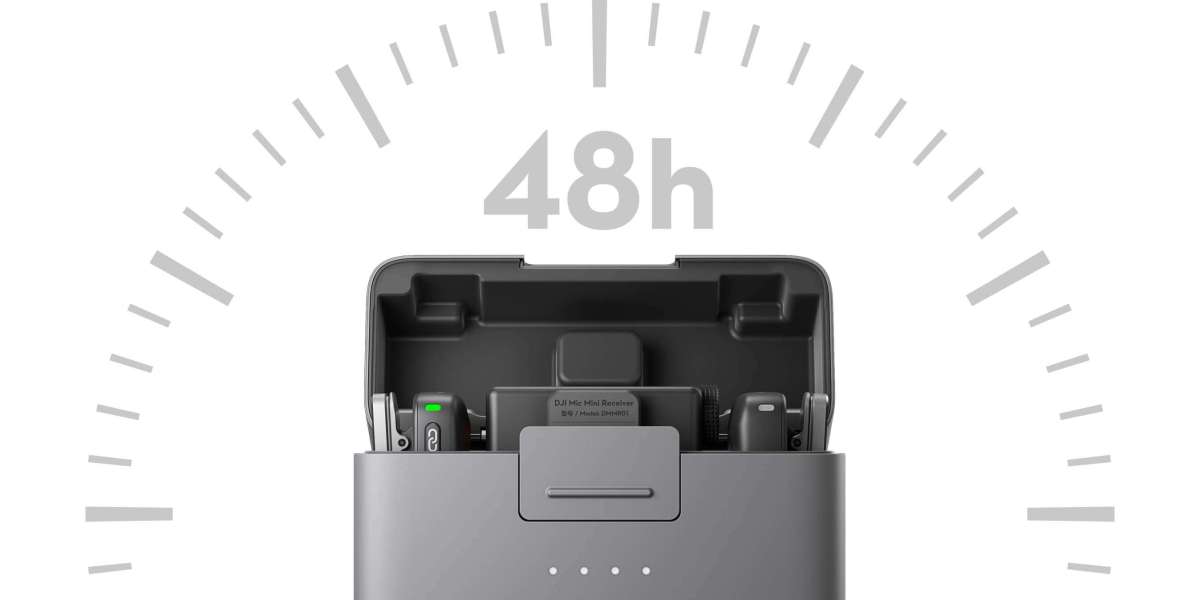Unlock the Secrets of 6s Lipo Batteries: What You Need to Know About Voltage and Performance!
In the world of remote control (RC) vehicles and drones, the power source is just as crucial as the design and build of the machine itself. Among the various types of batteries available, 6s Lipo batteries have gained immense popularity for their high energy density and power output. Understanding the voltage specifications of these batteries is essential for enthusiasts and hobbyists alike, as it directly affects performance, efficiency, and overall user experience. Whether you're racing RC cars or soaring through the skies with drones, knowing how voltage works in a 6s Lipo battery can make a significant difference in your operation and enjoyment. Let’s delve into the intricacies of 6s Lipo battery voltage and explore how it impacts your adventures!

Understanding 6s Lipo Battery Voltage
A 6s Lipo battery consists of six individual lithium polymer cells connected in series. The term "6s" indicates that there are six cells, and each cell has a nominal voltage of 3.7 volts. Therefore, the total nominal voltage of a 6s Lipo battery is approximately 22.2 volts (6 x 3.7V). This configuration allows for substantial voltage output, making it suitable for applications requiring high power. Each cell in a Lipo battery operates within specific voltage ranges, typically between 3.0 volts (minimum) and 4.2 volts (maximum). Understanding this configuration is crucial, as it helps users gauge how much power they can expect and ensures they operate within safe voltage limits to prolong battery life.
Voltage Specifications and Characteristics
When discussing the voltage characteristics of a 6s Lipo battery, it is vital to differentiate between nominal, maximum, and minimum voltages. The nominal voltage, as mentioned, is around 22.2 volts. However, when fully charged, the maximum voltage can reach up to 25.2 volts (6 x 4.2V). Conversely, the minimum voltage—below which the battery should not be discharged—sits at approximately 18 volts (6 x 3.0V). Operating a 6s Lipo battery within these specified voltage ranges is essential for optimal performance. For instance, discharging the battery below 3.0 volts per cell can lead to permanent damage and reduced capacity. Additionally, maintaining the battery voltage within these parameters can enhance the performance and lifespan of the battery, ensuring that users get the most out of their investment.
Effects of Voltage on Battery Performance
The voltage of a 6s Lipo battery significantly influences its overall performance. Higher voltage levels can lead to increased power output, which translates to faster speeds and improved acceleration in RC vehicles and drones. However, with higher power also comes increased heat generation, which can affect efficiency and safety. Moreover, the discharge rate is another critical factor; a higher voltage allows for a higher discharge rate, providing the required power for demanding applications. For instance, during a race, my friend experienced a noticeable difference in speed when using a fully charged 6s Lipo battery compared to one that was partially drained. Additionally, understanding how voltage affects capacity is crucial, as a higher voltage typically allows the battery to maintain a higher capacity for longer, resulting in extended flight or run times.
Best Practices for Maintaining Voltage
To ensure that your 6s Lipo battery performs optimally, it’s essential to adopt best practices for maintaining voltage levels. First and foremost, following proper charging protocols is critical. Always use a charger designed for Lipo batteries and never exceed the recommended voltage limits during charging. Additionally, storing your battery at a voltage around 3.8 volts per cell can help preserve its longevity. Monitoring voltage levels during use is equally important; many users invest in telemetry systems to track battery voltage in real-time. I remember a close call when a friend’s drone lost power mid-flight due to low voltage, reminding us of the importance of vigilance. Lastly, avoid discharging your battery below the minimum threshold to prevent damage and ensure you can enjoy your equipment to the fullest.
Maximizing Performance Through Voltage Knowledge
In summary, understanding the voltage specifications and characteristics of 6s Lipo batteries is vital for anyone involved in RC vehicles or drone hobbyism. From knowing the nominal, maximum, and minimum voltage to recognizing how these factors influence performance, such knowledge can enhance your experience and prolong battery life. By implementing best practices for charging, storing, and monitoring voltage, you can ensure that your 6s Lipo battery remains reliable and efficient. Embrace this knowledge and take your adventures to new heights—literally!








